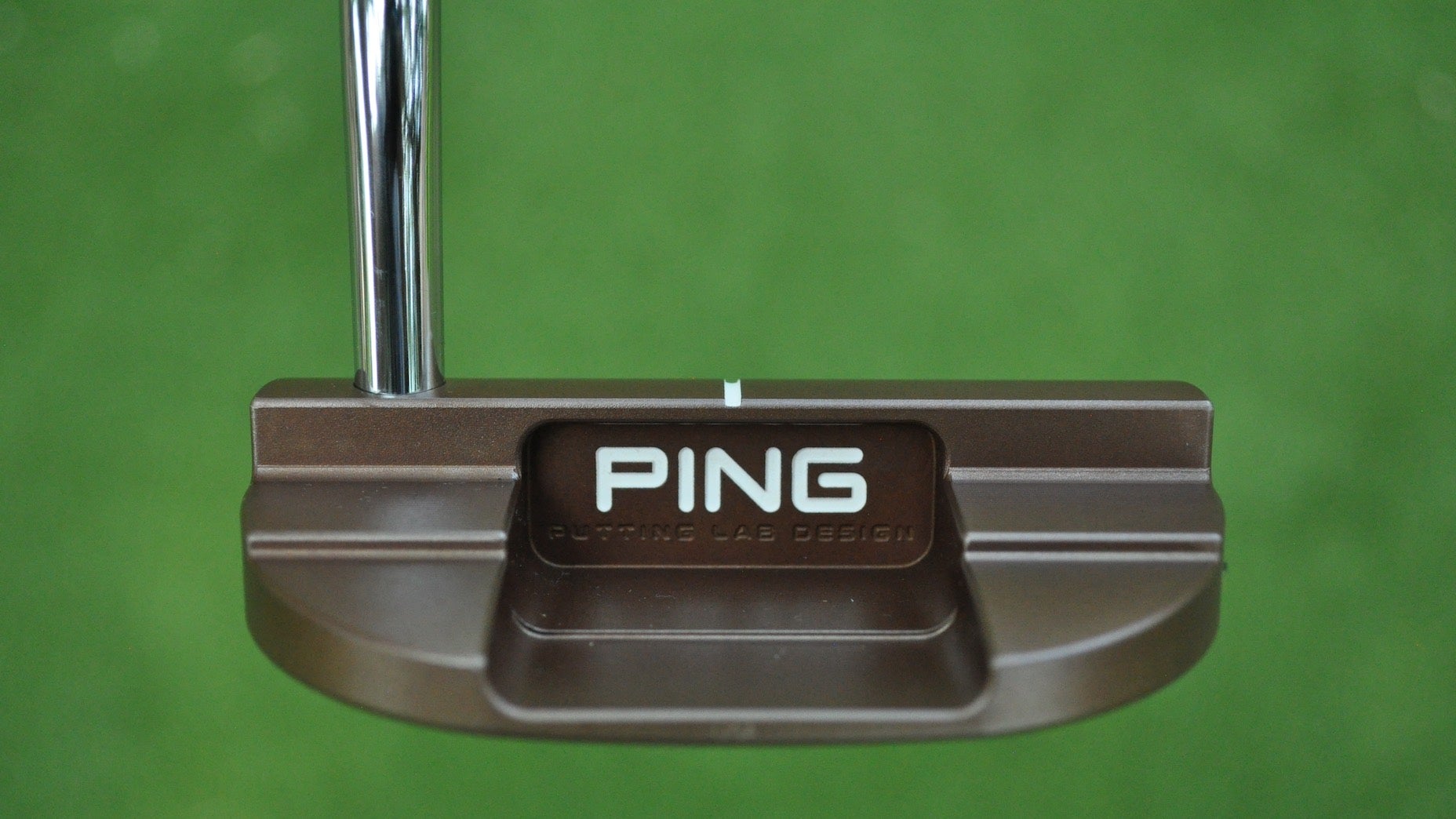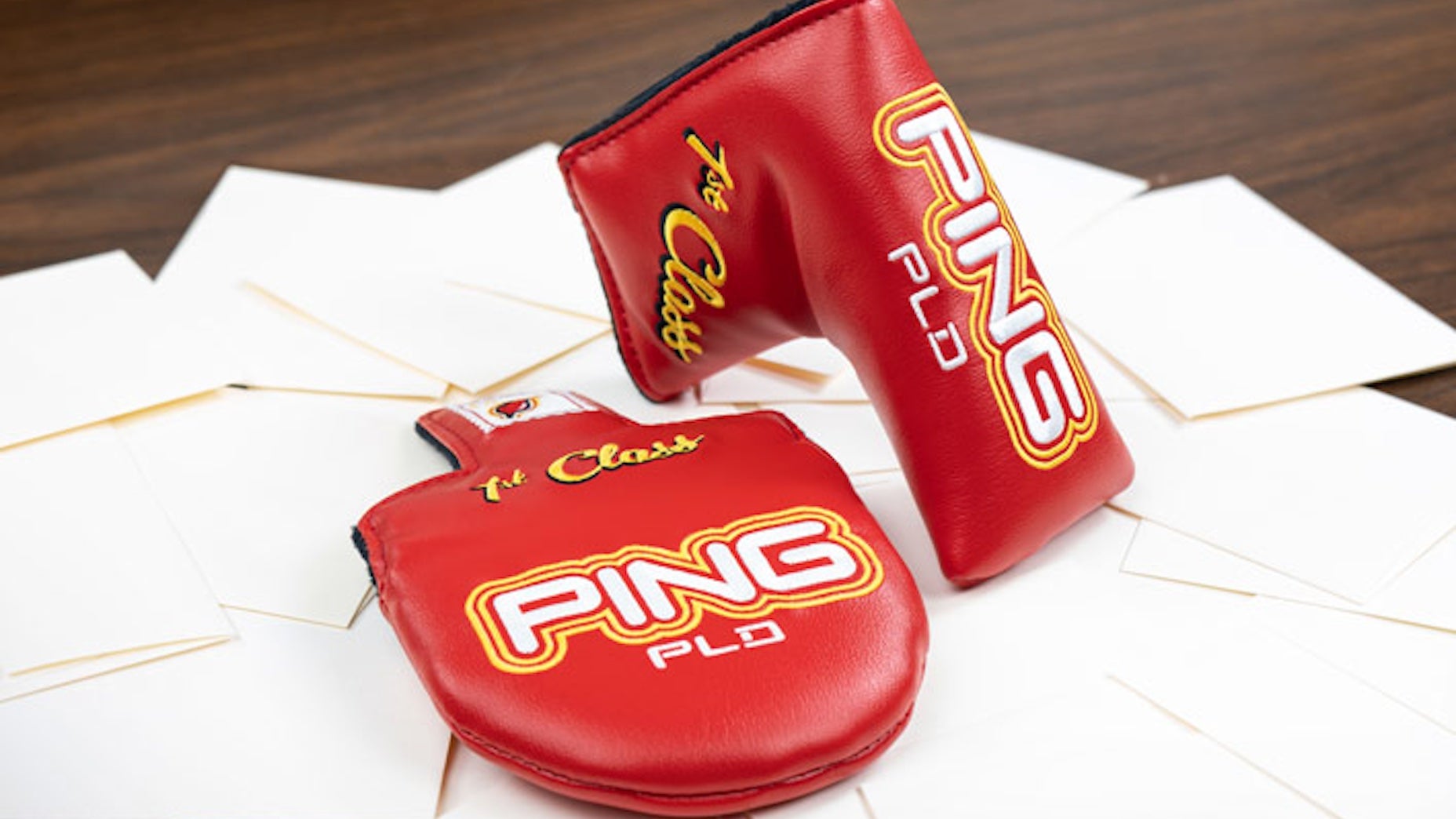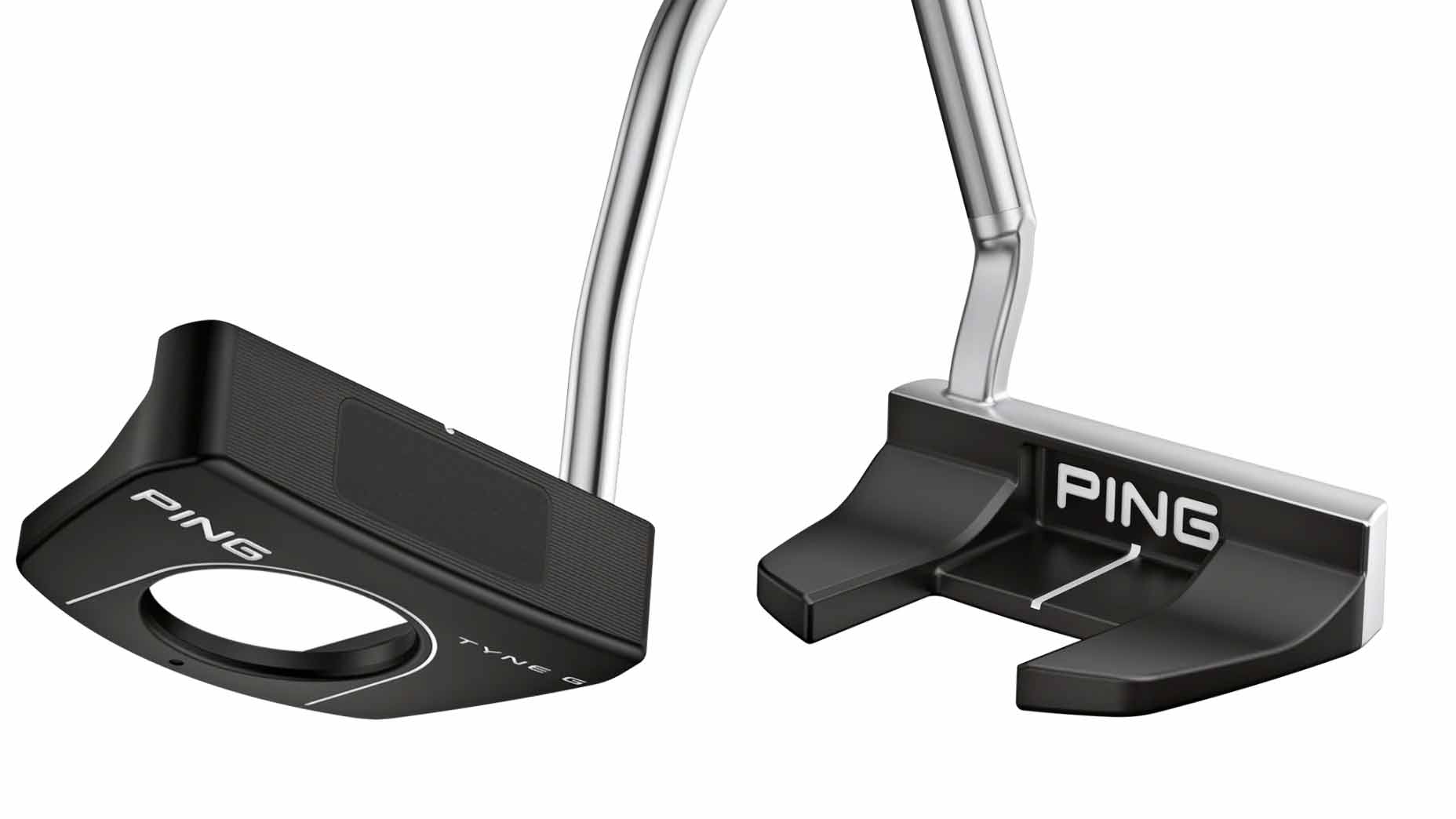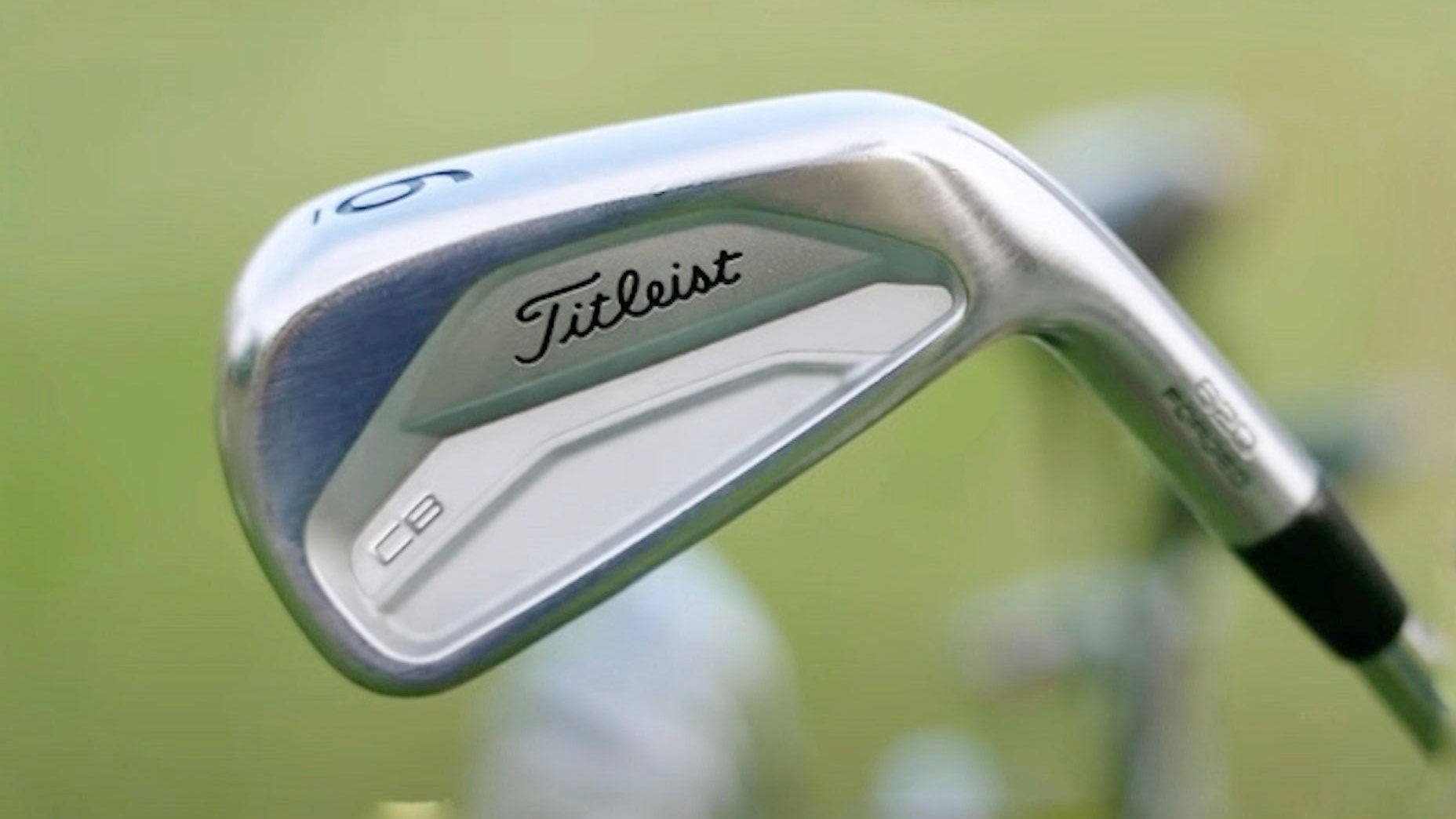The iBlade enjoyed an unprecedented five-year run in Ping’s iron rotation. Five years. If you know anything about yearly product cycles, that’s some serious staying power. A mainstay on Tour and a popular option for a wide range of handicaps — due to its playable profile and perimeter weighting — there really wasn’t a reason to mess with success.
Of course, Ping engineers haven’t spent the last five years twiddling their thumbs. Shortly after iBlade was introduced in 2016, the team went to work coming up with “the next big thing.”
The end result is the i59 (3-PW; $275 per club), the most technologically advanced iron PING has ever created.
That isn’t pure marketing speak. There’s more going on underneath the hood of this better-player iron than meets the eye, beginning with a forged 1025 carbon-steel body. (Ping has traditionally cast its irons but chose to shake things up in 2019 with Blueprint, a blade product designed for elite-level players.)
While forging a solid-construction iron is not without its challenges, coming up with a forged design with multiple pieces in play was on a completely different level.
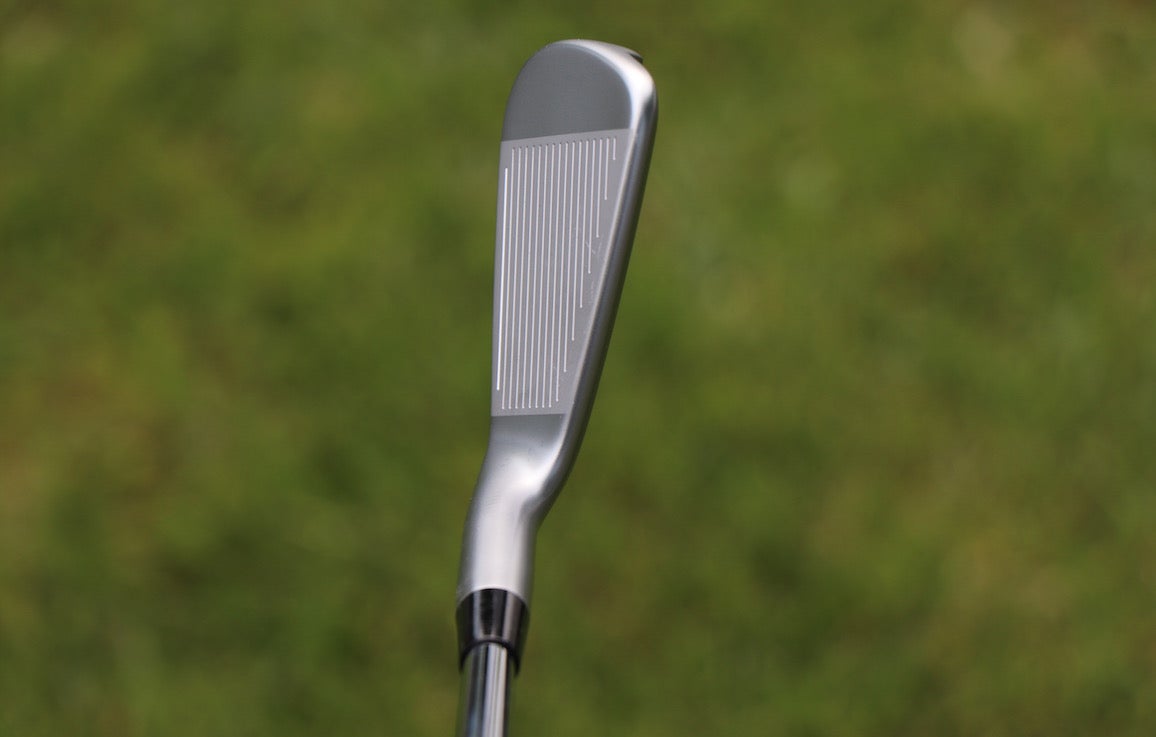
“It was a little bit of foreign waters for us,” says Ryan Stokke, Ping’s director of product design. “How do we look into the forging process? How do we develop that structure? We looked at multiple styles for how we could accomplish the design, but in the end we let the best one win out.”
This isn’t your run-of-the-mill better-player iron. Housed inside the cavity of each head is an individual aluminum core — one-third the density of traditional stainless steel — that allowed Stokke and his team to remove roughly 30 grams of weight from each head and redistribute (and conceal) it to improve trajectory and Moment of Inertia (MOI) properties.
Some players may bristle at the idea of playing an iron with an aluminum core situated in the hitting area, but it’s important to note that PING went through multiple rounds of feedback that revealed the sound and feel were an improvement on its predecessor’s.
“The biggest thing that stands out to me is how solid this iron feels,” Stokke says. “It encompasses that ‘impact experience’ high-caliber players expect. The Ping iBlade was good; the i59 is great. With the way this club is constructed, you get a ton of forgiveness but don’t have to look down at a club that’s yelling in your face, ‘I’m forgiving!’ That’s really hard to do.”

The iron has already earned high marks from members of Ping’s Tour staff, including two-time PGA Tour winner Viktor Hovland.
“They look great when you’re standing over them,” Hovland says. “I’m looking for something that’s compact, but not necessarily something that looks like a glorified blade. These give me that perfect blend of forgiveness, workability and feel I need in the mid- and short irons. It didn’t take me long to see they were a perfect fit during testing.”
Resting on top of the aluminium core is a laser-cut, high-strength 17-4 stainless-steel face that directly influenced feel and proper feedback during the creation process. Because the face is one of three different materials Ping used to construct the i59, each head undergoes a swaging process that joins the metals together. The stainless-steel face is then plasma welded to the carbon-steel body to secure it in place.
“Now that we’ve been able to succeed and overcome a lot of the challenges, we actually have a platform that allows us to go even further and do things you might not have been able to do with a typical casting,” says Stokke. “There’s some really cool things and insights from this design that we see helping in future designs as well.”
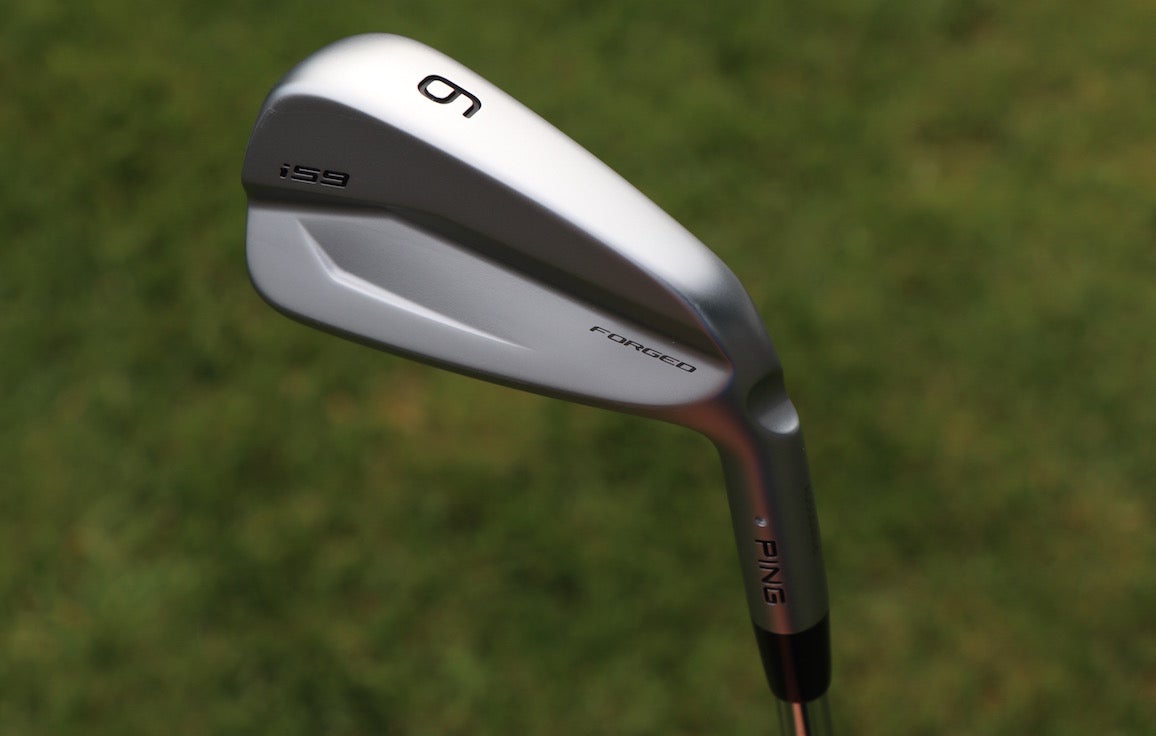
While the overall look and feel of the i59 borders on minimalist, there’s a significant level of forgiveness packed inside each head. Compared to Ping’s larger profile i210, the i59 boasts a similar level of MOI—meaning you don’t have to go up in size to get mishit protection. That’s music to the ears of not only better players but aspirational single-digit handicappers as well.
“One of the great things with our product is that because of the forgiveness built into the design, it can transcend a little bit higher into the handicap range,” Stokke says. “I think a lot of people will look down and think, at first, it’s strictly for the low single-digit tech player. But after a few swings, I think many of these players will be pleasantly surprised that they can be closer to a 10 and see a lot of success utilizing this club.”
Better players will appreciate some of the more subtle refinements featured in the i59 as well, including narrower sole widths, reduced offset progression, machined faces and new MicroMax grooves that feature tighter groove spacing from leading edge to topline. A redesigned 20-degree groove sidewall (versus 16 degrees) also reduces fliers with the short irons while maintaining spin in the long irons. (Tightening the spacing and shortening the groove makes the iron look visually smaller at address.)
Ping is expecting the i59 to be a major player on Tour and in the retail space — and rightfully so. When you have an iron loaded with this much technology, golfers are sure to take notice.
Want to overhaul your bag for 2021? Find a fitting location near you at GOLF’s affiliate company True Spec Golf. For more on the latest gear news and information, check out our latest Fully Equipped podcast below.



